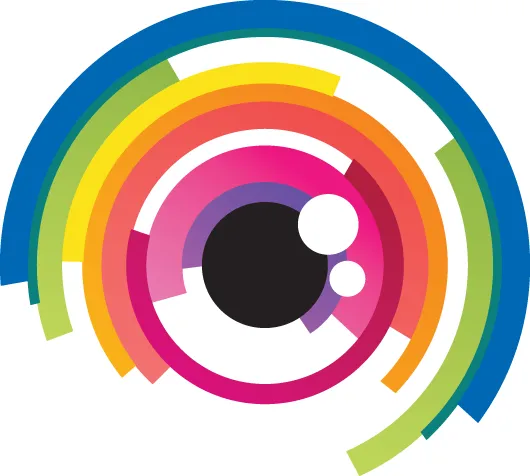
Mindset Mathematics: Visualizing and Investigating Big Ideas, Grade 2
Jo Boaler, Jen Munson, Cathy Williams
- English
- ePUB (handyfreundlich)
- Über iOS und Android verfügbar
Mindset Mathematics: Visualizing and Investigating Big Ideas, Grade 2
Jo Boaler, Jen Munson, Cathy Williams
Über dieses Buch
Engage students in mathematics using growth mindset techniques
The most challenging parts of teaching mathematics are engaging students and helping them understand the connections between mathematics concepts. In this volume, you'll find a collection of low-floor, high-ceiling tasks that will help you do just that, by looking at the big ideas in second grade through visualization, play, and investigation.
During their work with tens of thousands of teachers, authors Jo Boaler, Jen Munson, and Cathy Williams heard the same message?that they want to incorporate more brain science into their math instruction, but they need guidance in the techniques that work best to get across the concepts they needed to teach. So, the authors designed Mindset Mathematics around the principle of active student inquiry, with tasks that reflect the latest brain science on learning. Open, creative, and visual math tasks have been shown to support student learning, and more importantly change their relationship with mathematics and start believing in their own potential. The tasks in Mindset Mathematics reflect the lessons from brain science that:
- There is no such thing as a math person and anyone can learn mathematics to high levels.
- Mistakes, struggle, and challenge are opportunities for brain growth.
- Speed is unimportant, and even counterproductive, in mathematics.
- Mathematics is a visual and beautiful subject, and our brains want to think visually about mathematics.
With engaging questions, open-ended tasks, and four-color visuals that will help kids get excited about mathematics, Mindset Mathematics is organized around nine big ideas which emphasize the connections within the Common Core State Standards (CCSS) and can be used with any current curriculum.
Häufig gestellte Fragen
Information
BIG IDEA 1
Partitioning Shapes into Equal Parts
Reference

Equal or Same?
Snapshot
Agenda
| Activity | Time | Description/Prompt | Materials |
|---|---|---|---|
| Launch | 5–10 min | Show students the Partitioned Square image and ask, Are the parts equal? How do you know? Surface different ideas about what it means to be equal. | Partitioned Square sheet, to display |
| Explore | 20–25 min | Provide partners with the Partitioned Squares sheet. Partners explore t... |